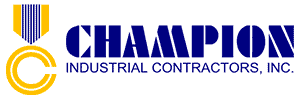When your HVAC system fails during peak seasons, repair costs tend to skyrocket due to increased demand. Parts may also take longer to source, leading to downtime that disrupts business operations.
- Energy bills soar with inefficient systems: An HVAC unit that hasn’t been maintained works harder to achieve the desired temperature. This inefficiency drives up energy consumption, translating directly into higher utility bills.
- Premature equipment replacement: Neglecting regular maintenance can reduce your system’s lifespan. Components wear out faster when they’re not cleaned or calibrated, leading to the need for a costly replacement much sooner than expected.
- Hidden damage escalates over time: Small issues, such as clogged filters or refrigerant leaks, may not immediately affect performance but can cause significant damage if left unaddressed. A spring tune-up identifies and resolves these problems before they escalate.
By investing in preventative HVAC maintenance, you can avoid the high costs associated with unexpected emergency repairs while ensuring your system operates efficiently to lower energy bills. Routine maintenance also helps identify and address potential issues before they escalate, reducing wear and tear on critical components. This proactive approach not only extends the lifespan of your equipment but also enhances system performance, providing a more comfortable, reliable, and cost-effective environment for your business.
Steps of Commercial HVAC Maintenance
Understanding the key steps of regular commercial HVAC maintenance and preventative maintenance will help you see how routine maintenance sets the stage for efficiency and long-term savings.
- Comprehensive inspection: A professional HVAC contractor should begin by inspecting your entire system and all equipment, including ductwork, electrical connections, and automation systems, to identify any signs of wear or potential issues. Catching these problems early ensures your system runs efficiently and prevents minor issues from developing into costly repairs, saving you money in the long run.
- Cleaning and lubrication: Over time, dust and debris accumulate in your HVAC system, reducing efficiency and increasing strain on components. Cleaning and lubricating moving parts ensures smooth operation.
- Filter replacement: Dirty or clogged air filters restrict airflow, forcing your system to work harder and consume more energy. Replacing filters improves air quality and system efficiency.
- System calibration: Proper calibration ensures your system operates at peak efficiency. This includes checking thermostat settings, refrigerant levels, and airflow balance.
- Testing and performance analysis: Testing confirms the system performs optimally by measuring temperature differentials, inspecting boilers and chillers, and checking for leaks.
- Safety checks: Safety and compliance are paramount in ensuring your system operates without risk to property or occupants. Electrical components and safety controls are inspected to ensure the system is free of hazards like frayed wiring or malfunctioning safety controls that might lead to overheating or carbon monoxide leaks. Addressing these risks during routine checks ensures the safety of everyone in the building.
Regular commercial HVAC maintenance is essential for efficiency, safety, and cost savings. Comprehensive inspections, cleaning, lubrication, filter replacements, system calibration, performance testing, and safety checks ensure optimal operation while preventing costly repairs. Routine maintenance not only enhances system performance but also provides a safer, more efficient environment for long-term success.


